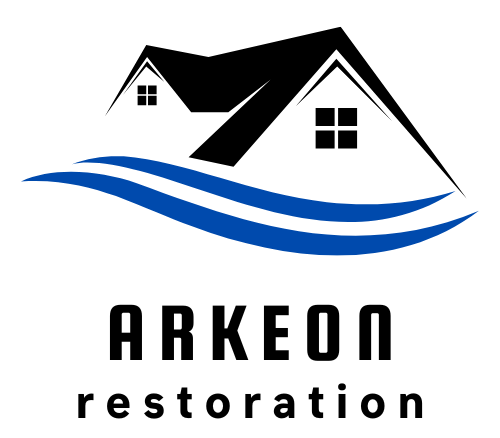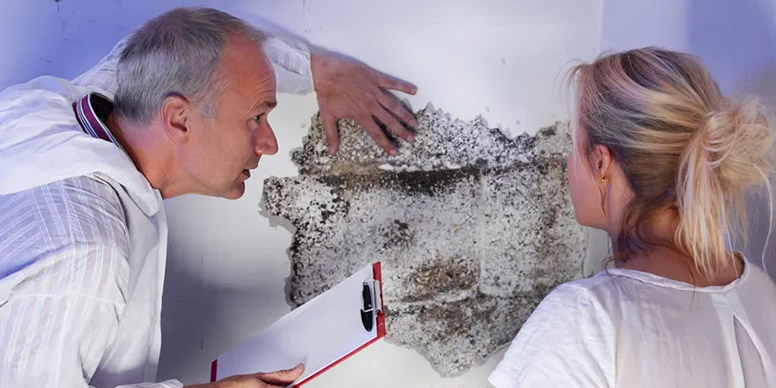Did you know that mold comes in almost every color?
White mold can grow on almost any material and is commonly mistaken for salt deposits on stone masonry. One way to tell whether you have spotted white mold in your home is to splash light water—salt will dissolve, but mold will remain present. Also, salt deposits only form on materials like stone, brick or concrete, never on wood or sheetrock.
Pink mold grows on shower floors and walls where it feeds on soap deposits. While not as deadly as the black mold Stachybotrys, its growth discolors an otherwise clean bathroom and should be removed when spotted. Keeping a bathroom well-ventilated helps prevent the growth of these molds which need warmth and moisture to survive.
Green is the most common color for mold and includes useful species such as penicillin, but that does not mean you want it growing in your home! All species of green mold produce allergy-inducing spores, and sometimes even harmful mycotoxins.
Yellow mold is often bright and easy to spot. This is good news, because this type of mold is often toxic and should be removed as soon as possible. In particular, Serpula lacrymans is known for destroying wood and, if left untreated, will eat away at a home leaving it severely damaged.
The most deadly and regretfully often-seen form of mold in a home is black mold. Black mold includes the Stachybotrys chartarum, a species that releases spores as it feeds on organic materials in common household materials like drywall, carpet, insulation or sub-flooring that have been exposed to moisture. These spores, if ingested or inhaled, can cause a range of unpleasant and even dangerous symptoms in humans.
Protect yourself and your family from mold by calling Advanced Recovery Corporation for a home inspection.




